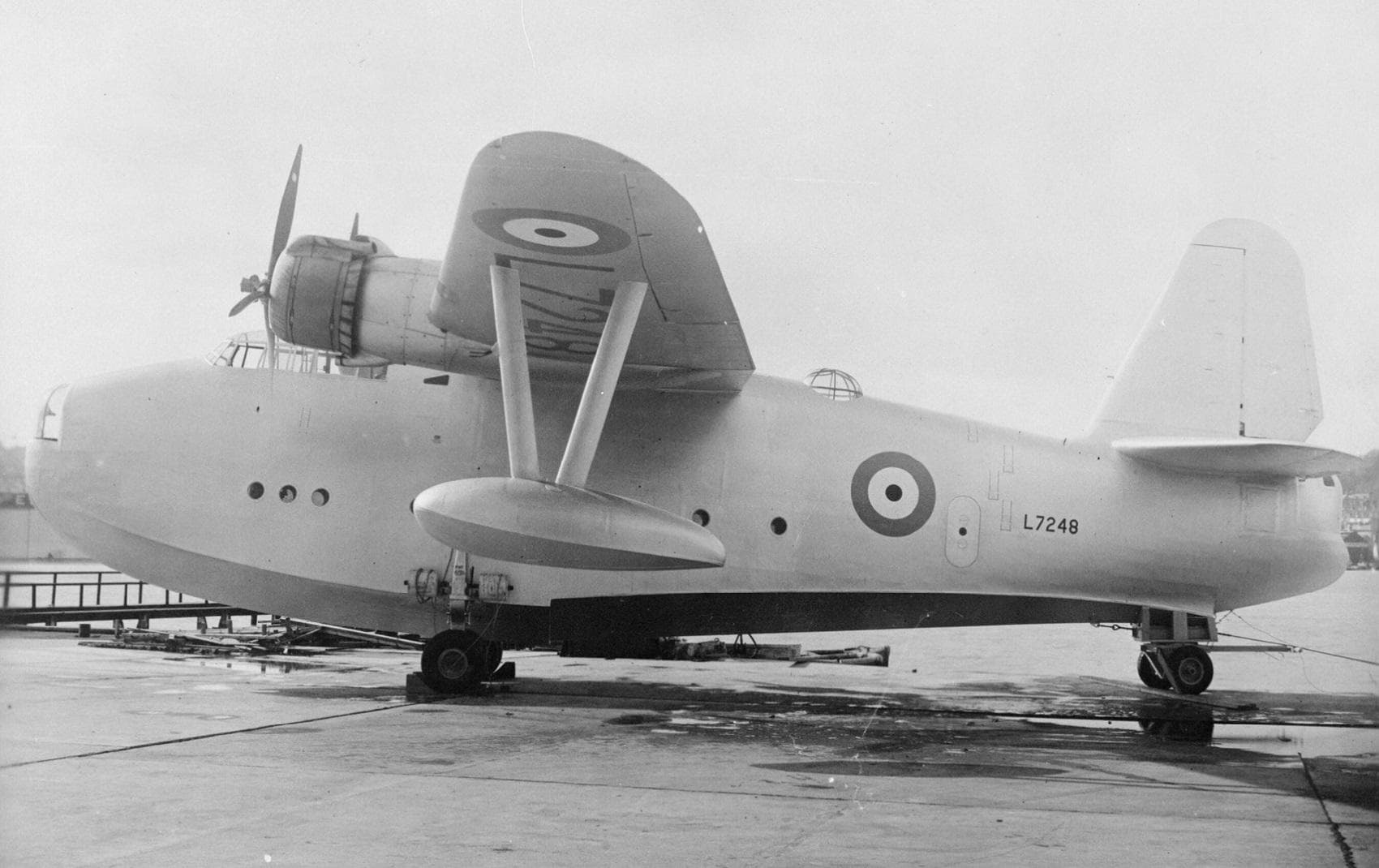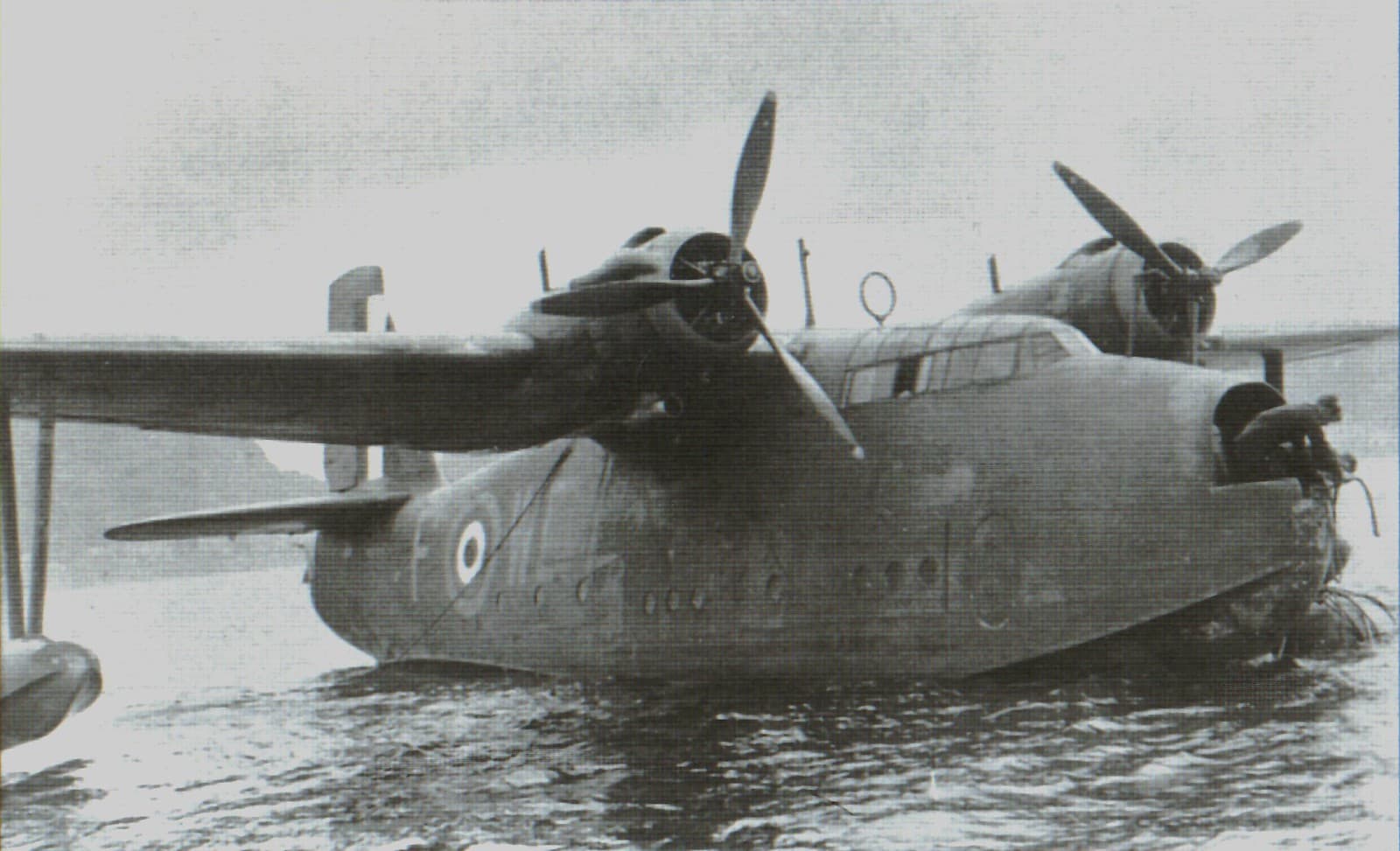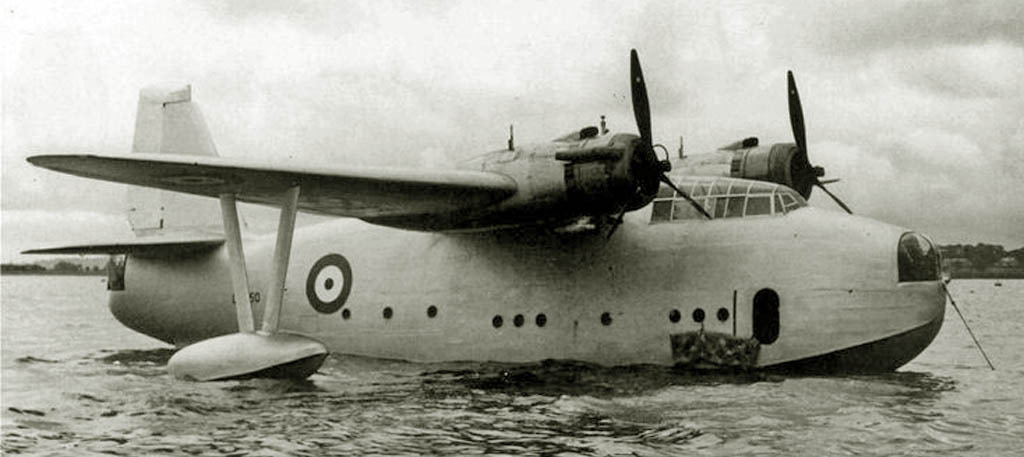- Yes
- No
Saunders-Roe A.36 Lerwick Mk.I
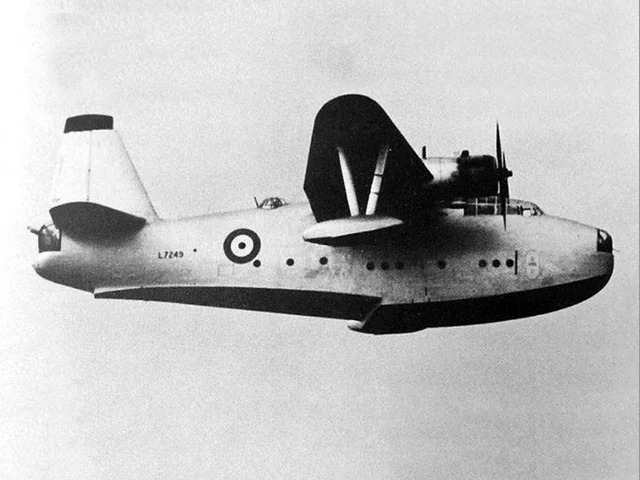
Design and service history:
The Saunders-Roe A.36 Lerwick was a Recce flying boat intended to be used alongside the Short Sunderland by the RAF Coastal Command. The Flying boat was designed to meet Air Ministry Specification R.1/36, which had been issued in March of 1936 to several companies with experience manufacturing large flying boats. The Specification called for a medium-range flying boat to be used for anti-submarine operations, convoy escort and recon duties to replace existing biplanes then in service. The specification also required the crusie speed of the aircraft to be at least 230mph and maintain a maximum weight of no more then 25,000 pounds.
Initially the Air Ministry had not preferred the S.36 offering from Saunders-Roe, instead taking a liking to the Supermarine Type 314 which was ordered off the drawing board without a prototype requiring manufacture. Unfortunately Supermarine production was held up for a predicted 2 years to achieve Spitfire production, and impressed with a revised design of the S.36, it was decided to order 21 aircraft in June of 1937 as a stop-gap solution. The Aircraft was accepted for service under the service name Lerwick, and by all accounts it should have been a relatively standard flying boat.
The Lerwick was a compact twin-engined, high-winged monoplane of all-metal construction, with a conventional flying boat hull, a planing bottom and two stabilising floats carried under the wings on long struts. The Lerwick was powered by a pair of Bristol Hercules radial engines and initially had twin fins and rudders in order to maximise the number of control surfaces to improve handling. In terms of armament the Lerwick was equipped with three defensive turret stations, a single gun in the nose, a twin gun dorsal turret, and a 4 gun turret mounted in the tail, giving it an impressive defensive suite of .303 Browning machineguns. The Lerwick could also carry a relatively large bomb payload, with a maximum load being 2,000 pounds, which commonly composed of four 500-pound (230 kg) or eight 250-pound (110 kg) bombs, carried in two streamlined nacelles behind the engines, in a manner like the PBM Mariner.
Of the Aircraft made, the first three would serve as prototypes, with the first being launched at the end of October 1938. The design process was not straightforward though and there would be multiple delays during both the design and construction phases. The chunky Lerwick was found to be incredibly unstable in the air and on the water, making it completely unsuitable for its intended role, as it had to be perpetually babysat in order to maintain proper flying, something not ideal for a long range aircraft. Lots of adjustments would occur, including increasing the tail fin size, changing the wing angles, but nothing seemed to work, leaving the aircraft with a vicious stall speed and poor yaw and roll characteristics. To make matters worse, the wing floats kept breaking off, indicating a never solved structural weakness, and this alone was the cause of more then half the hull losses for the type. One final nasty surprise was the hydrolic system developing ghosts, and it was not uncommon for the bomb bays to randomly swing open during flight, accompanied by the sudden lurch to the side due to uneven drag.
At this point it was clear that the Lerwick was a hot mess, as even its baseline design was not sufficient, as it was found that it was unable to maintain altitude or a constant heading on one engine, as its controls were physically incapable of counteracting the torque on one engine pushed to maximum thrust. because of this the loss of an engine invariably leads to a slow death spiral, or at worst, having to make an emergency landing. Even so, the Air Force had ordered 21 of these aircraft, which they proceeded to assign to No 240 squadron, who after only a few months blatantly refused to use them, instead returning to their older Saro London aircraft, which though obsolete they deemed more fit for purpose. In the light of this scathing reception, the A.36 program was unceremoniously cancelled, in October of 1939, only to be restarted on the first of November, before again being scrapped at the start of December in a game of back and forth as it was recommended for SaRo to begin manufacturing Sunderland aircraft, but the nature of the start of WW2 demanded aircraft to be manufactured, and there simply was not time to retool, as flying boats were urgently required to counter the perceived u-boat threat.
Because of this war economy, the ramshackle gaggle of Lerwicks were deployed to No 209 squadron in 1940 at Oban to replace the aging Short Singapores that had been based there. The squadron immediately started losing airframes to accidents, and on two occasions all planes were grounded to undergo urgent safety changes. During this time the Lerwicks would engage German U-boats on two occasions but both encounters would end with the flying boats failing to damage the enemy submarines. This suffering would not last forever though, and by April of 1941, No 209 squadron was issued with PBY Catalinas and what remained of the dwindling Lerwick fleet were removed from front line duties in the same month, and were transferred to the No 4 operational coastal training unit. The Lerwick would then be used to train Canadian forces, but by 1942, someone had finally seen sense and with the changing war situation now allowing it the obsolete aircraft were withdrawn and scrapped, with none remaining in service by 1943. Of the 21 Lerwicks manufactured, 11 would be lost in accidents, highlighting just how ultimately flawed the Lerwick was, as the flawed limited production design was swiftly consigned to the annals of history at the first opportunity, as ultimately it was outclassed by the Short Sunderland and even its older peers.
Aircraft specification:

General characteristics
Crew: 6-9
Length: 63 ft 7.5 in (19.393 m)
Wingspan: 80 ft 10 in (24.64 m)
Height: 20 ft 0 in (6.10 m)
Wing area: 845 sq ft (78.5 m2)
Gross weight: 28,400 lb (12,882 kg)
Max takeoff weight: 33,200 lb (15,059 kg)
Fuel capacity: 780 imp gal (937 US gal; 3,546 L) normal ; 1,440 imp gal (1,729 US gal; 6,546 L) overload
Powerplant: 2 × Bristol Hercules II 14-cylinder air-cooled radial piston engines, 1,356 hp (1,011 kW) each at 2,750 rpm at 4,000 ft (1,219 m)
1,272 hp (949 kW) at 2,800 rpm for takeoff
Propellers: 3-bladed de Havilland Hydromatic, 13 ft 6 in (4.11 m) diameter constant-speed propellers
Performance
Maximum speed: 214 mph (344 km/h, 186 kn)
Cruise speed: 166 mph (267 km/h, 144 kn)
Range: 1,540 mi (2,480 km, 1,340 nmi) at 200 mph (174 kn; 322 km/h)
Service ceiling: 14,000 ft (4,300 m)
Rate of climb: 880 ft/min (4.5 m/s)
Armament
Guns: One .303 in (7.7 mm) Vickers K gun in bow turret, two × .303 in (7.7 mm) Browning machine guns in a dorsal turret and four in a tail turret
Bombs: 2,000 lb (907 kg) of bombs or depth charges
Additional Photos:


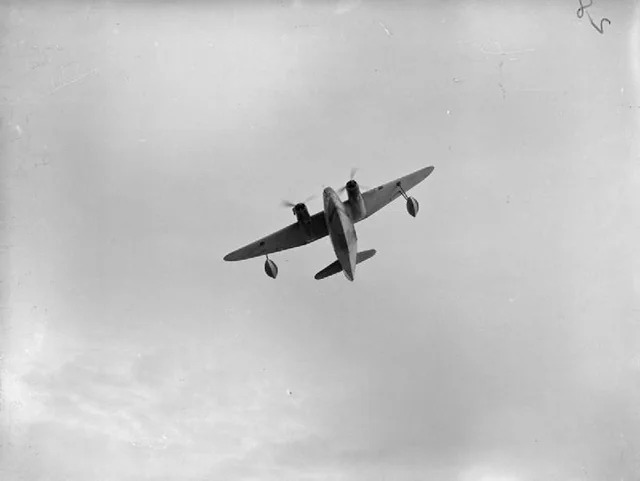
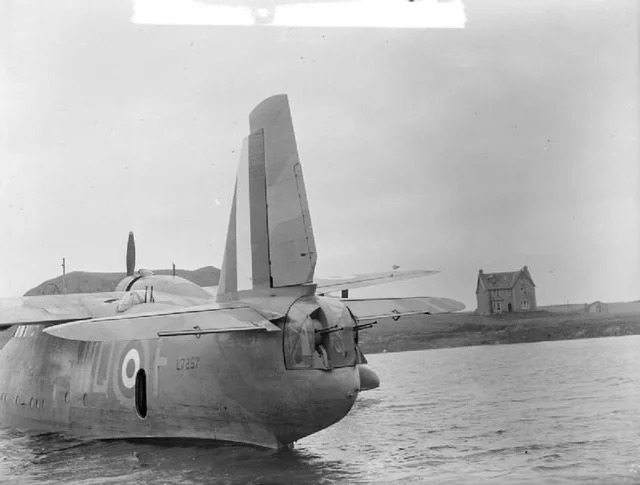
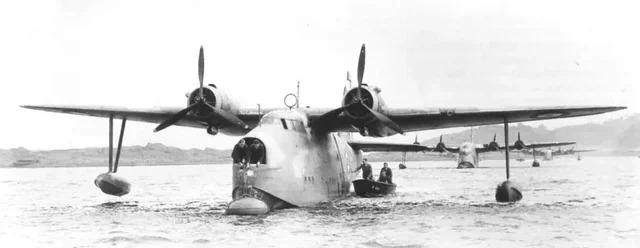
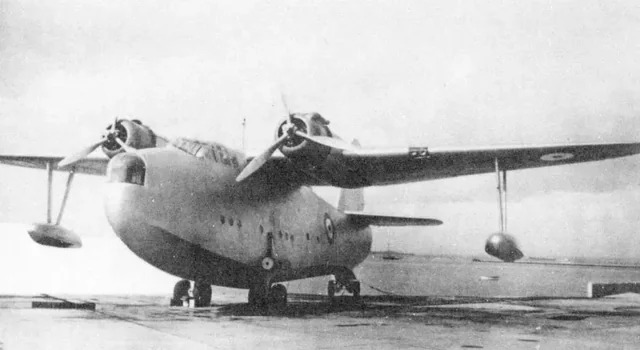
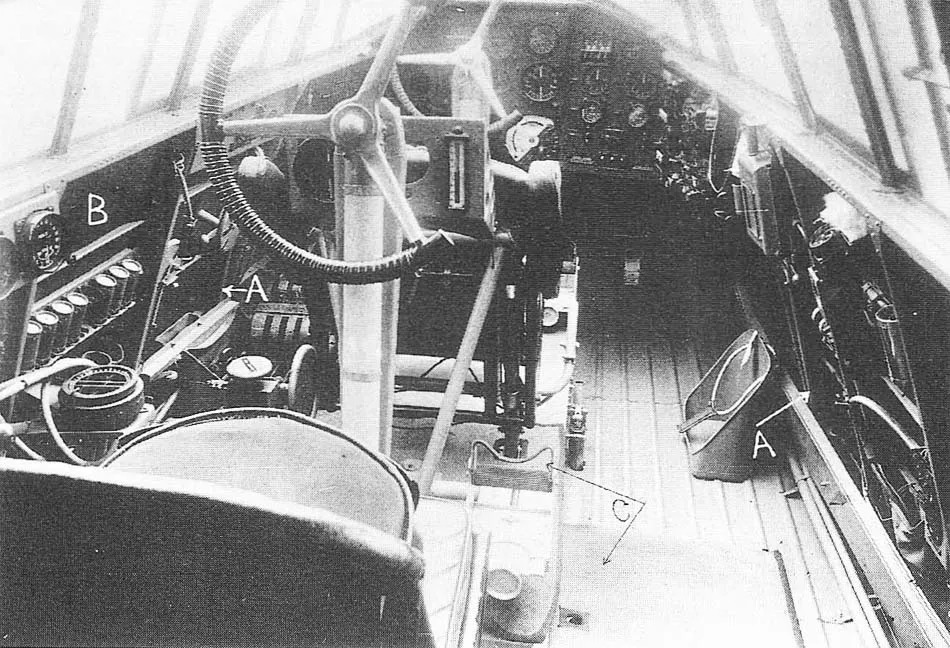
Sources:
- Saunders-Roe A.36 Lerwick - Wikipedia (Wiki page for type)
- Saro Lerwick - Patrol Flying Boat (More history)
- Saunders Roe Lerwick Flying Boat - Destination's Journey (Lots more photos)
- Saunders-Roe A.36 Lerwick Reconnaissance Flying Boat Aircraft (More history)
